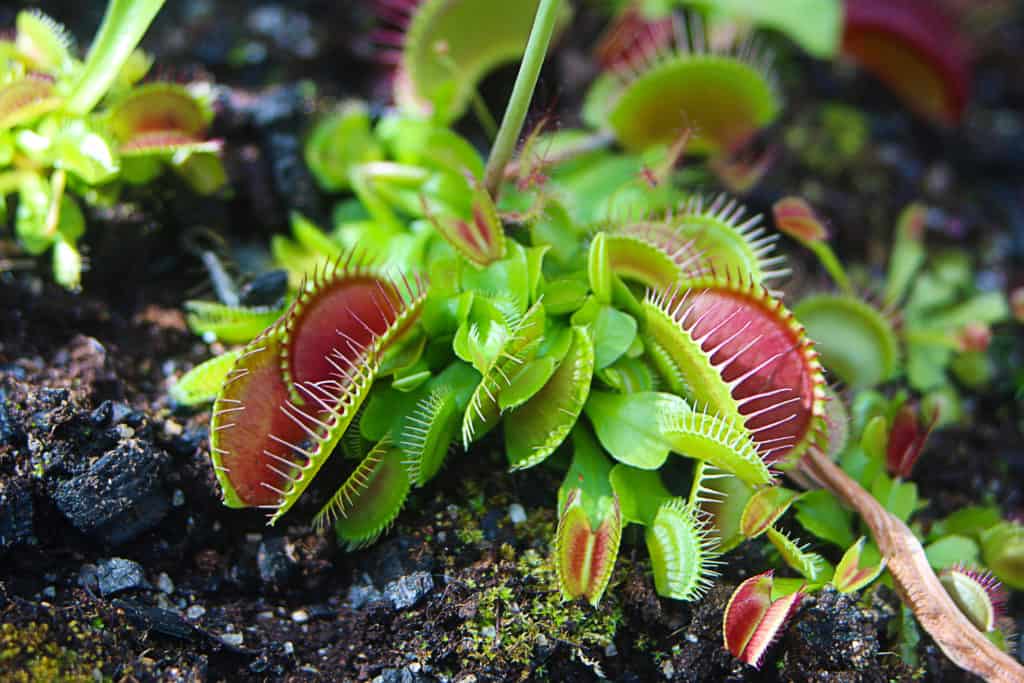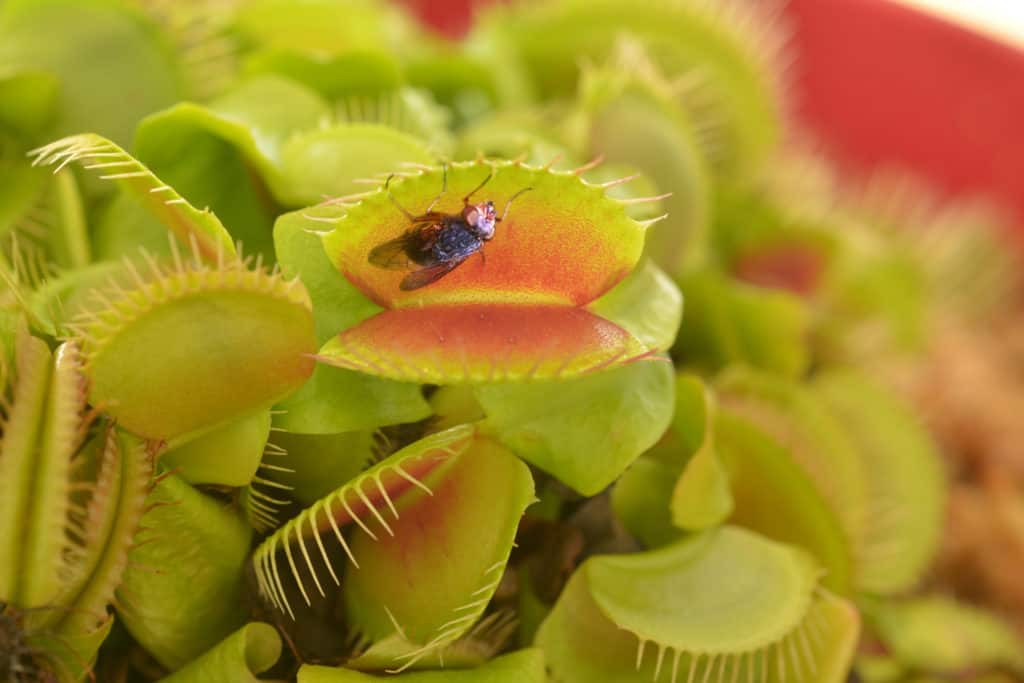Do Venus Flytraps Actually Work?
Do Venus Flytraps Actually Work?
What are Venus Flytraps?
Called “Insectivorous Plants” by Charles Darwin, Venus flytraps are a unique breed of plants that are actually carnivorous, getting their nutrients by devouring prey as opposed to simply using photosynthesis like most plants. In the United States, these unique plants are native to both of the Carolinas and have also been introduced to both Florida and New Jersey where they can now be found growing on their own in the wild. They thrive in moist, acidic soil, which is why their nutrient intake needs to be supplemented by a prey alternative.
As perennials, these plants bloom several years in a row. Though the average lifespan of Venus flytraps is unknown, botanists estimate that these plants can live up to 20 years. Over years, they’ve slowly gained popularity as a potted plant for homes but, simultaneously, they’ve dwindled in population in the wild and are now even under consideration for the U.S. endangered species list.

Flies and More
The name Venus “flytrap” is a bit of a misnomer as these plants don’t only consume flies. Their diets can also consist of beetles, ants, fruit flies, slugs, spiders, crickets, worms, and more.
These carnivorous plants lure their prey by secreting a nectar with an appealing scent and, once an unsuspecting insect has made their way into its jaws, the plant will actually close, trapping the insect inside. However, this doesn’t happen right away, there is actually a delay before the plant actually clamps down. This is because a collection of very tiny hairs known as trichomes lining the inside of the petals. The trichomes allow the plant to sense the movements, and even count them, only clamping down if it senses two or more movements within 20 seconds. This unique process prevents the plant from accidentally trapping leaves or other debris that might just be blowing by in the wind.

How Effective Are They?
After snapping shut, Venus flytraps will remain closed for roughly 5-12 days depending on how long it takes the plant to digest its meal. After this time, the plant will open back up, allowing the undigestible parts of the insect naturally fall away.
On average, Venus flytraps can only repeat this process 3-4 times before the traps close forever and fall off. While the plant will produce more traps from their stems that are growing underground, this process can take a very long time. So, between the time it takes for the plant to digest insects, the number of times it can catch insects before closing, and the time between cycles of traps growing and dying… Venus flytraps are unfortunately not extremely effective at insect abatement.

Pest Control or Pet?
Venus flytraps may not be particularly effective at pest control, but these little plants can still be somewhat helpful. Still, we still do not recommend your rush out to buy one of these plants with the hopes that it will solve your fly problems. Instead of being considered a pest control asset or even just a simple house plant, Venus flytraps have started to be pitched as an “alternative pet” with special Venus flytrap food even being sold to plant-pet owners.

Citations
Bradford, A. (2017) Facts About Venus Flytraps, LiveScience. Future US Inc. Available at: https://www.livescience.com/58021-venus-flytrap-facts.html (Accessed: March 18, 2021).
Buck, F. (2020) Why Venus flytraps are so popular and misunderstood, Orange County Register. MediaNews Group Inc. Available at: https://www.ocregister.com/2020/10/19/why-venus-flytraps-are-so-popular-and-misunderstood/ (Accessed: March 18, 2021).
D’Souza, J. (2014) Carnivorous plants eat away fruit fly infestations | CBC News, CBCnews. Available at: https://www.cbc.ca/news/canada/british-columbia/carnivorous-plants-eat-away-fruit-fly-infestations-1.2700132 (Accessed: March 18, 2021).
Tucker, A. (2010) The Venus Flytrap’s Lethal Allure, Smithsonian Magazine. The Smithsonian Institution. Available at: https://www.smithsonianmag.com/science-nature/the-venus-flytraps-lethal-allure-5092361/ (Accessed: March 18, 2021).
Venus Flytrap (no date) National Wildlife Federation. Available at: https://www.nwf.org/Educational-Resources/Wildlife-Guide/Plants-and-Fungi/Venus-Flytrap (Accessed: March 18, 2021).

